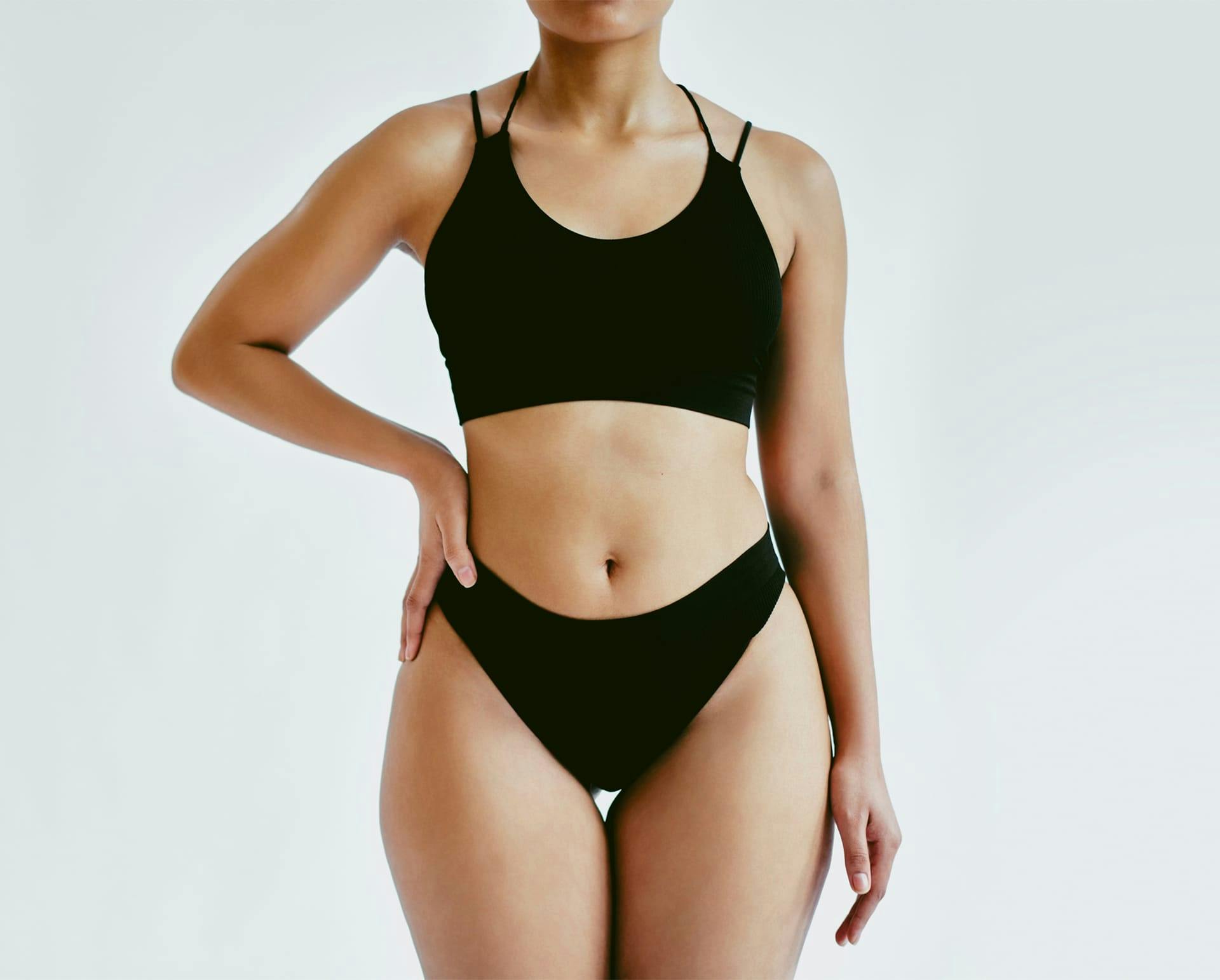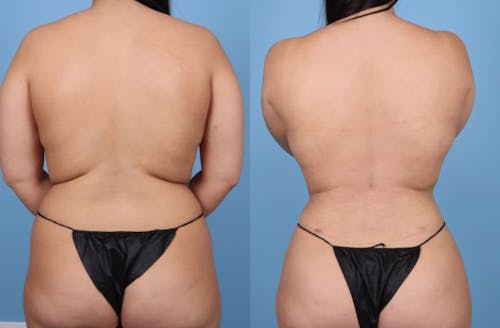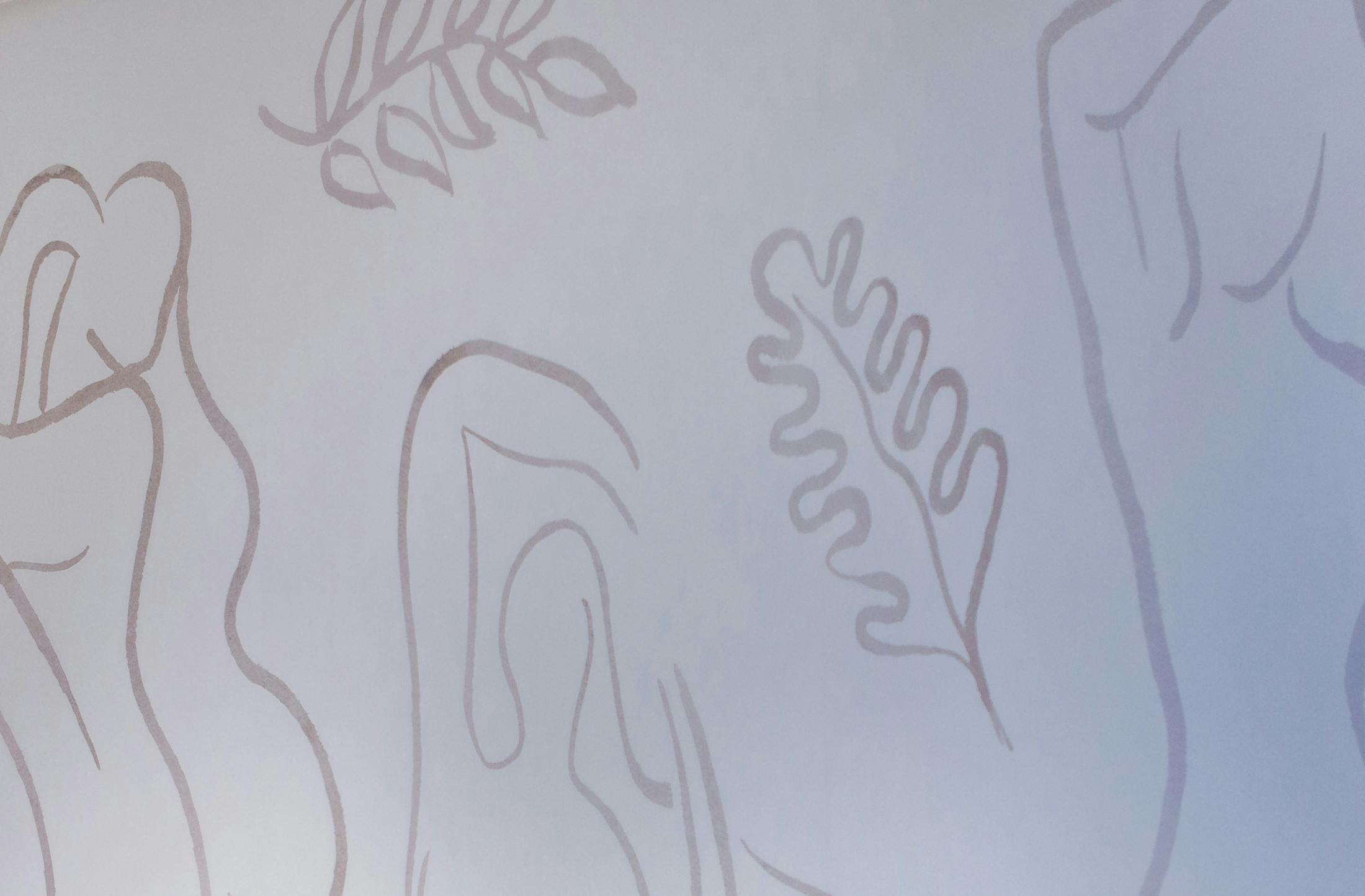Liposuction removes stubborn fat deposits to sculpt and contour your body for a slimmer, more defined appearance. Our advanced techniques ensure precise, natural-looking results.
Who is a Good Candidate for Liposuction?
Individuals who have excess fat deposits on their body that will not go away with diet or exercise, who feel like certain areas of their body are out of proportion with the rest of their figure, who have good skin elasticity, and who are at or near their desired body weight can often benefit from liposuction at Tucson Plastic Surgery. The best way to determine if this procedure is right for you is through a consultation appointment with one of our plastic surgeons. Contact our Tucson office today to get started!








